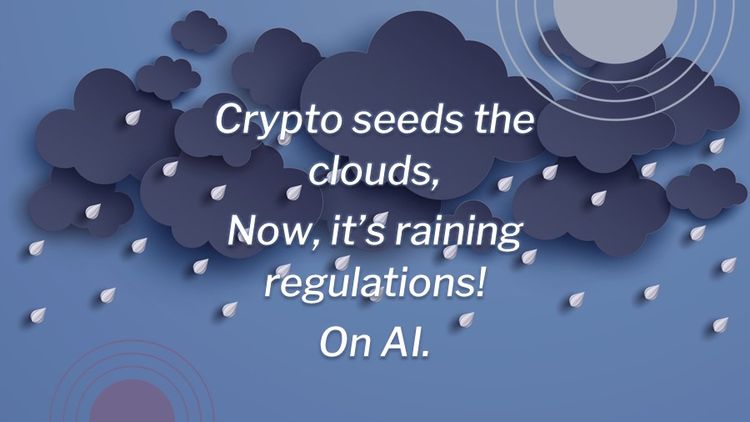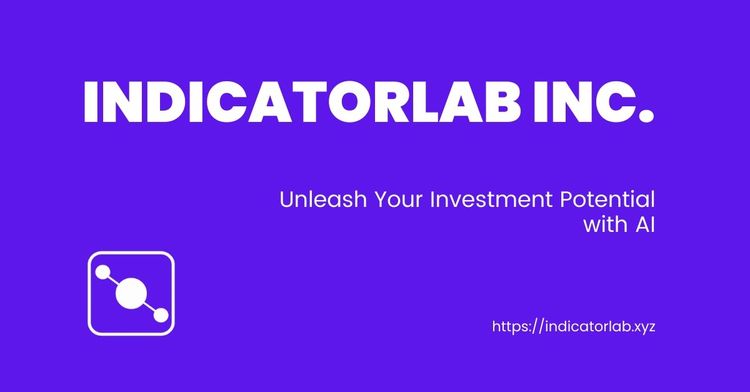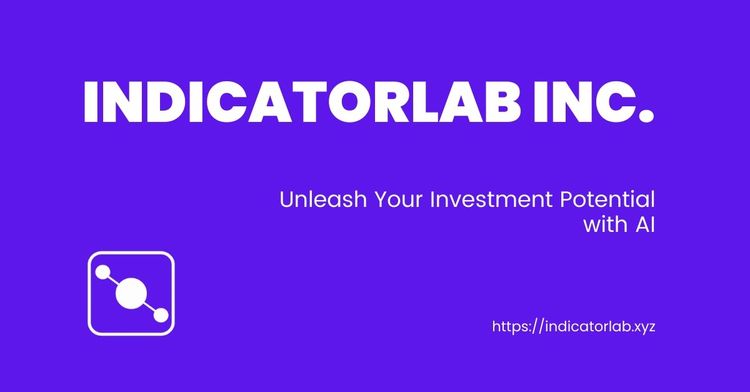The Impact of Covid on STEM Supply

The current surge in inflation is one more element of uncertainty among the Covid, political and geopolitical randomness through which we are living. The Fed’s surprise announcement of a more aggressive monetary policy shows our lack of certainty in the current economic circumstances. Even the Federal Reserve Chairman could not foresee the now semi-permanent surge in inflation.
Amid this economic uncertainty, there is little or no discussion about Covid’s impact on innovation. Innovation is the key driver for our economic growth in both the near and long term. But rather than focus on the opportunity for innovative technologies created by new scientific and mathematical discoveries, we will look at supply of inventors. These are the workers with the science, technology, engineer and mathematical (STEM) backgrounds, particularly the newly graduated ones. There are plenty of technologies to invent if we have the tech workers to do the work, but Covid is going to make that even more difficult than it was going to have been.
The market for STEM workers, particularly programmers, is complex. Overall, the shortages for programmers, analysts and engineers are severe and will persist. Industry resources indicate that international workers have met the incremental demand. The domestic supply of STEM graduates continues to be a problem. The domestic supply of STEM students will suffer from the impact of Covid on all levels of education. And mathematical competency will be particularly hard hit. How bad can this get? First, let us see whether the Fed can affect unemployment through monetary policy.
What if the Fed fixes inflation?
We used to believe that inflation and unemployment were related. The Phillips Curve was an economic maxim which explained inflation. As unemployment went down, inflation went up. So, one would think that driving inflation down meant that unemployment would be going up. We should not expect this because the performance of the model has been poor.
The model still has its defenders, but most policy makers disregard its practical utility. And the Federal Reserve’s effort to solve the inflation problem is divorced from the problem of low unemployment. Even if the Fed raises interest rates and slows the growth of the economy, the STEM labor market is unlikely to change. There will still be too many jobs for STEMS.
Graph 1 shows the total unfilled job vacancies from December 2000 to November 2022 for the US. The approximately eleven million vacancies that exist now support the demand for all workers, and especially for STEM workers.
As Graph 1 shows, the strong demand has been a feature of the labor market for several years, although it has become more exacerbated recently. The imbalance for STEMs is likely to get even worse. The US Bureau of Labor Statistics projects that STEM jobs will increase by over 10% and pay more than twice the wages of non-STEM workers.
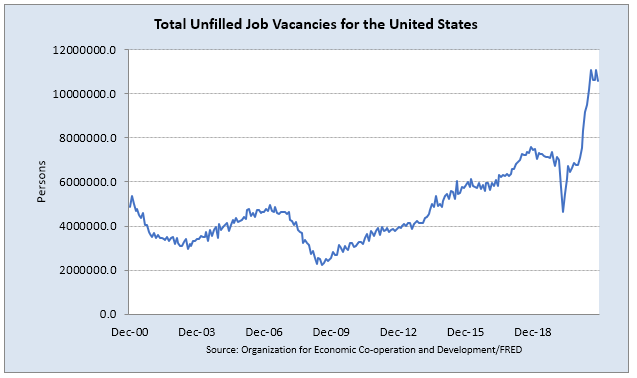
More demand less supply
Factors such as the cost of university education and the weakness of K-12 education constrain the domestic supply of STEM workers. These two current factors will exacerbate the already low supply going forward. Covid will further negatively impact the supply by increasing the cost and uncertainty of university education and reducing the quality of K-12 math teaching.
Graph 2 shows that since Covid emerged the general macro uncertainty as measured by the FRED Economic Policy Uncertainty Index for United States has risen in level and variance. The rise in economic uncertainty translates into a lower expected return for an investment in a STEM degree. This has led many college students to defer their education.
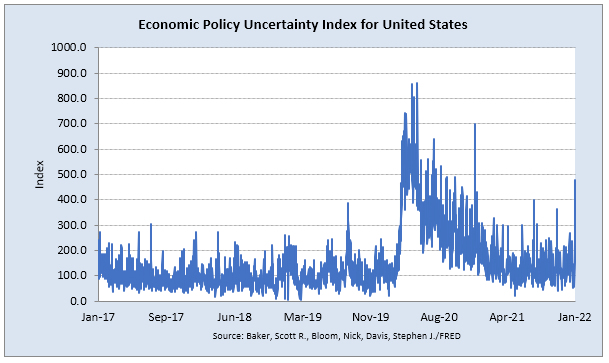
The quality and amount of math education during the Pandemic has diminished. As one study says:
Preliminary COVID slide estimates suggest students will return in fall 2020 with roughly 70% of the learning gains in reading relative to a typical school year. However, in mathematics, students are likely to show much smaller learning gains, returning with less than 50% of the learning gains and in some grades, nearly a full year behind what we would observe in normal conditions.” [1]
STEM shortage to continue
An end date for the Covid educational impact is still uncertain, causing this undereducation in math to continue this year. Covid’s impact on education will exacerbate the STEM shortage going forward. Budget limitations at the state and local levels are likely to prohibit successful year-round education to all students to catch up.
What can be done about the STEM shortage?
Businesses will need to become more efficient users of STEMs. They should now consider solutions like greater collaboration between firms to maximize the productivity of developers and efficient international remote connectivity. For investors, the STEM shortage represents a risk factor for innovations in tech.
We hope you enjoyed this article. Please give us your feedback.
This article is not intended as investment, tax, or financial advice. Contact a licensed professional for advice concerning any specific situation.
[1] Kuhfeld, Dr. Megan, and Dr. Beth Tarasawa, “The COVID-19 slide: What summer learning loss can tell us about the potential impact of school closures on student academic achievement,” NWEA Research, April, 2020.


